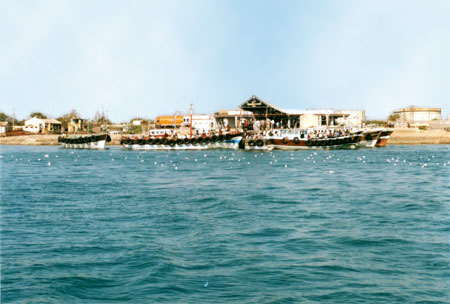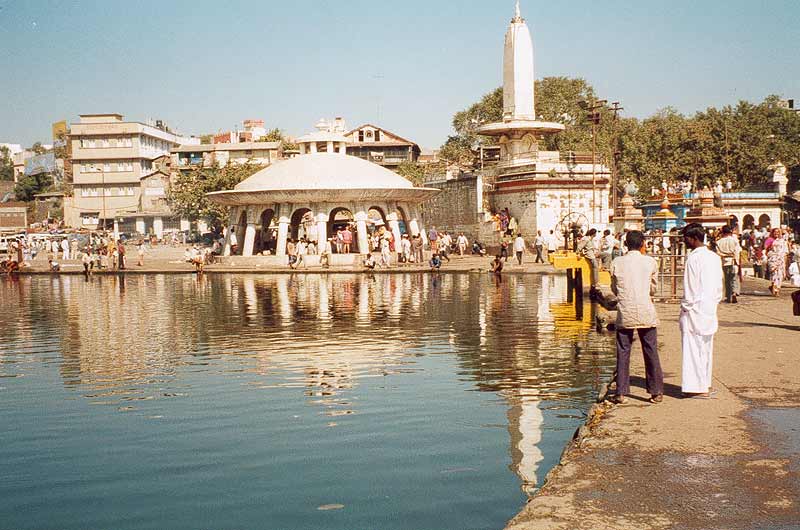
Let Us Create A Proper Mood Before Beginning Our Journey
“Nashik is one of the most principle places in the lila of Sri Sri Sita Ram. Today we will be visiting some of the very holy places of Ram lila . we know that Lord Nityananda Prabhu came to this place and visited all of the Tirthas and Sri Chaitanya Mahaprabhu during His South Indian tour also came here to Panchavati, Nasik and he went along the river Godavari back eastwards.
Lord Sri Chaitanya Mahaprabhu did wonderful kirtan, chanting, dancing, transforming everyone into Krishna Prema while he was here ,visiting all the holy places and we should follow in his footsteps and chant dance to the Mahamantra,
Hare Krishna Hare Krishna Krishna Krishna Hare Hare,
Hare Rama Hare Rama Rama Rama Hare Hare.
With devotional, reverential, joyful mood, going to each of the places of the holy lila of the Lord and His devotees , we should be praying for their mercy and praying for our own personal purification as well as the purification of all, because when devotees are pure in their service to the Lord, then the Lord can empower them to purify all the world. That is our aim for coming here i.e., become purified together so that we can pursue the dream of our Guru Maharaj to spread the glories of the Holy Name and thus will bring relief and spiritual joy to the people of this world who are suffering terribly due to the influence of this age of Kali.
Here in Nashik, Gautama muni had his ashram, it is the place where the river Godavari first having come to this earth from the higher realms begins its journey flowing eastwards to the ocean. It is also the place where some of the most wonderful and famous pastimes of Lakshman , Ram and Sita took place.
So when we will be visting many places throughout the day and during the whole yatra let us keep very much in the forefront in our mind that this is the holy pilgrimage and that we should be very much united in hearing the glories of the Lord, in chanting the holy names of the Lord, in praying for the mercy of the Lord .”
Lord Rama’s 14 year exile was not all spent at Dandakaranya, however. Approximately 11 years of that time was spent in the area of Chitrakoot. Today, pilgrims travel from around the world to the Pancavati shrine at Dandakaranya forest in Nasik to worship Lord Rama. It is also the place where Ravana kidnapped the maya expansion of Sita Devi.
The glories of Pancavati-tirtha at Nasik are enumerated in Valmiki’s Ramayana, in the Aranya-kanda, and this is probably the most detailed narrative available about Pancavati.
Pancavati tirtha is also mentioned in Sri Garga Samhita, Canto Six, 15th chapter, ‘The Glories of Gopi-candana Tilaka’:
Text 19
ganga-mrd-dvi-gunam punyam
citrakuta-rajah smrtam
tasmad dasa-gunam punyam
rajah pancavati-bhavam
“Twice as sacred as the mud of the Ganga is the dust of Citrakuta. Ten times more sacred than that is the dust of Pancavati-tirtha.”
——————-
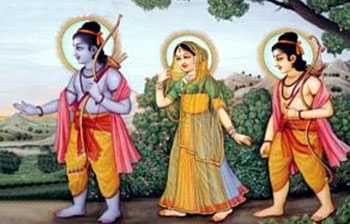 “In which place Vaidehi, likewise you and I too can take delight, where the woodland is scenic and the water is pleasurable, and where a water lake, ritual-firewood, flowers, and the sacred grass are available in proximity, oh, Lakshmana, such a place may be searched out. [3-15-4, 5]
“In which place Vaidehi, likewise you and I too can take delight, where the woodland is scenic and the water is pleasurable, and where a water lake, ritual-firewood, flowers, and the sacred grass are available in proximity, oh, Lakshmana, such a place may be searched out. [3-15-4, 5]
In the Ramayana, there are two chapters in Aranya-kanda (‘The Forest Trek’) that deal primarily with Pancavati: Chapter 13 (Sage Agastya directs Sri Rama to Panchavati) and Chapter 15 (The Panchavati). In the following excerpts from these two chapters, we find a beautiful narrative describing the glories of Pancavati-tirtha, why Rama chose it for His abode during exile, and how Laksman prepared a cottage for Rama, Sita Devi and himself there:
“Then that eminent sage Agastya on contemplating a while about what Rama has said, that virtuous and confident sage spoke more confidential word to Rama. [3-13-12]
“A most prosperous place called Panchavati is there at a distance of two yojanas from here, oh, dear Rama, which is abundant with tubers, fruits, water, and many deer.” Thus Agastya started to tell. [3-13-13]
“That woodland will be delightful.Isn’t it Raghava, for it is praiseworthy and not very far off from here, and Sita can take delight in there. [3-13-17b, 18a]
“There Maithili will take delight nearby River Godavari, and it is with abundant tubers, fruits, various are its bird flocks, and it is very reclusive too, oh, great dextrous Rama, further it is meritorious and appealing. [3-13-18b, 19]
“Oh, brave one, you see this great forest of flower-liquor trees, you have to proceed north of it and advance towards a banyan tree. [3-13-21]
“Then on climbing up an upland a mountain is seen, that which is also not far away, and that renowned Panchavati is there in an ever-blooming forest in the valley of that mountain.” said Sage Agastya to Rama. [3-13-22]
When thus said by Sage Agastya, Rama along with Soumitri venerated and bade farewell to that truth advocator sage Agastya. [3-13-23]
Thus well bidden by Sage Agastya, Rama and Lakshman have offered their venerations at the feet of that sage and proceeded to their prospective hermitage at Panchavati along with Seetha. [3-13-24]
Then on going to Panchavati which is full with many serpents and predators, Rama said to splendidly brilliant Lakshmana. [3-15-1]
“We arrived at the place as indicated by the sage, oh, gentle Lakshmana, this region with its flowered forest.” [3-15-2]
“In which place we have to situate our hermitage for our liking, for that cast your sight all over the forest, and indeed you are an expert in such matters. [3-15-3]
“In which place Vaidehi, likewise you and I too can take delight, where the woodland is scenic and the water is pleasurable, and where a water lake, ritual-firewood, flowers, and the sacred grass are available in proximity, oh, Lakshman, such a place may be searched out. [3-15-4, 5]
When thus said by Rama, Lakshmana adjoined his palms and said this sentence to Rama in the presence of Seetha. [3-15-6]
“I am but a dependent, as long as you are there, may it be for innumerable years, I am your adherent, Rama, therefore you yourself tell me to build hermitage in such and such delightful place. [3-15-7]
Rama is gladdened by those words of that great resplendent Lakshmana, and he selected a place that comprised of all the attributes. [3-15-8]
“This is an evenly and propitious place surrounded with flowered trees and it is apt of you to erect hermitage here, traditionally. [3-15-10]
“This pleasing lake is seen here adjacently, beaming forth with its lotuses that are similar to sun in resplendence, and that are scented fragrantly. [3-5-11]
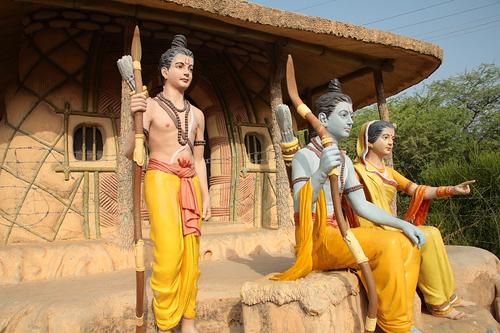
“This River Godavari is also seen from here, surrounded by blooming trees, spread over with swans, and beautified with kaarandava, and chakravaaka birds, as that contemplated soul sage Agastya had said. [3-15-12]
“Those soaring mountains are appearing beautiful with many caves, surrounded by flowered trees, flurried by animal herds, sounded by peacocks, and they are neither far-off nor very nearby. [3-15-13, 14]
“Here and there are the golden, silvery and coppery ores on the mountains, and they are shining forth like cow-eye ventilators on walls and also like the superb paintings on elephants. [3-15-15]
“These mountains are brightening with trees of Saala, Palmyra, Tamaala, Date Palms, Jackfruit and also thus with Punnaagaa. With Chuuta – Sweet Mango; Ashoka, Tialaka, even with Ketaka, Champaka trees, and even with Syandana, Sandalwood, Niipa, Paarnasa, Lakuch, Dhava, Ashwakarna, Khadira, Shamii, Kimshuka, Paatala trees, and entwined are those and those trees with flowered shrubs, and along with climbers, and thus they brighten the mountains. [3-15-16, 17, 18]
“This place is holy, this is delightful and this is with many animals and birds, hence Soumitri, let us reside here along with this bird Jatayu.” Thus Rama said to Lakshmana. [3-15-19]
Thus said by Rama to that remover of foe’s valour and one with very great might, namely Lakshmana, he briskly erected a hermitage for his brother. [3-15-20]
Lakshmana built a very spacious straw-cottage there levelling and raising the clay for raised floor of the cottage, strongly pillared with long bamboos, thereupon on those pillars excellent rafters are made, and the branches of Shamii trees are spread out, twined firmly with twines of jute strands, and with the cross-laid bamboos for thatching, and over that blades of Kusha grass and leaves of Kaasha are spread and well over-covered for the roof, and thus that very great mighty Lakshmana made that best and very spacious straw-cottage with a levelled surface for residence of Raghava in the interests of Raghava alone, and it resulted as a feast to the eye.” [3-15-21, 22, 23]
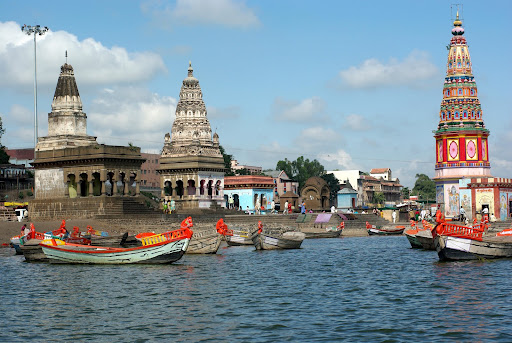
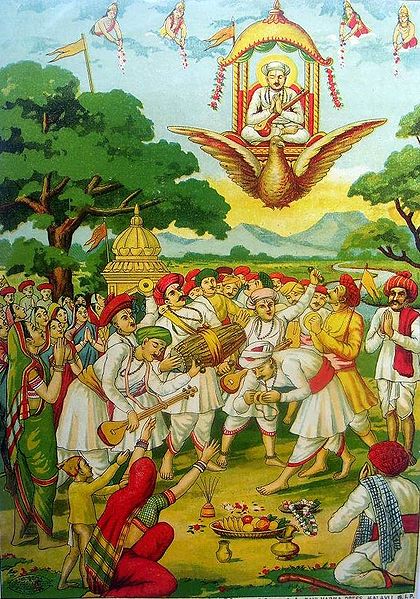
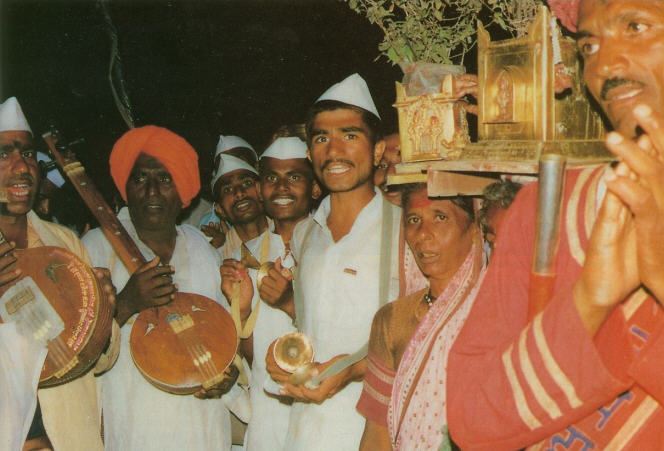
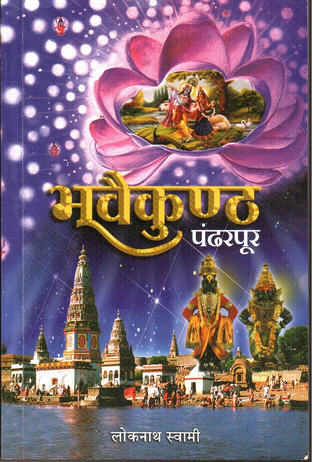
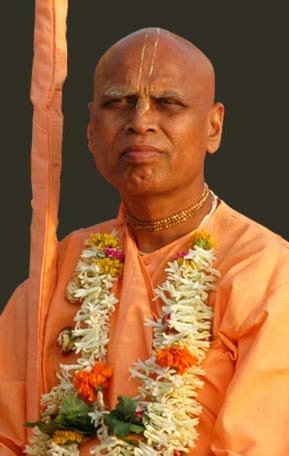
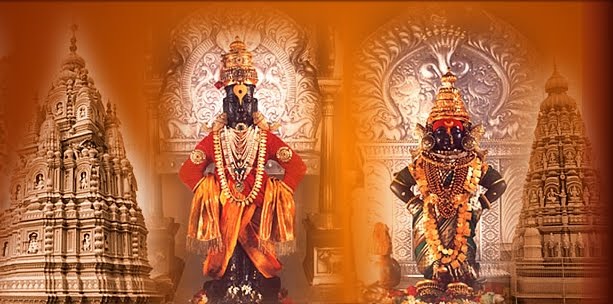
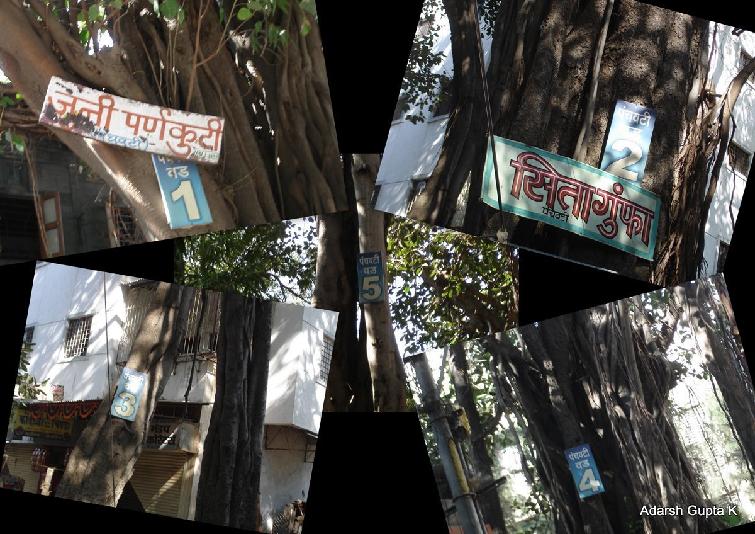
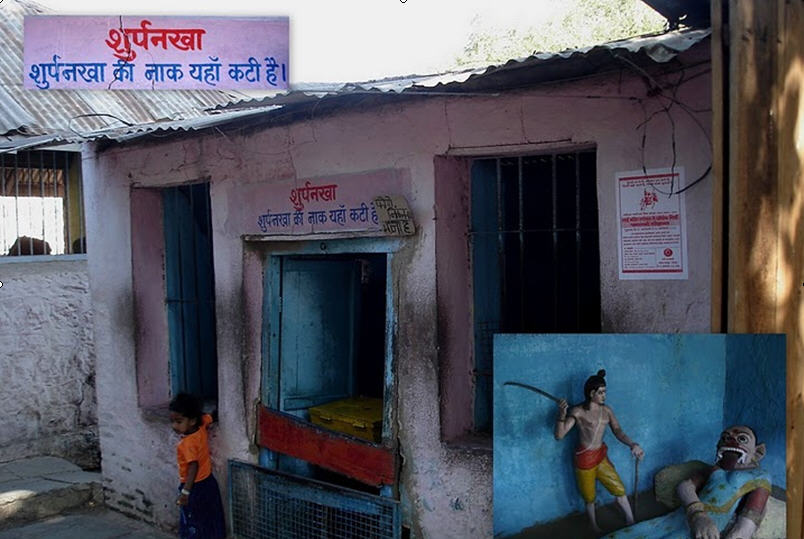

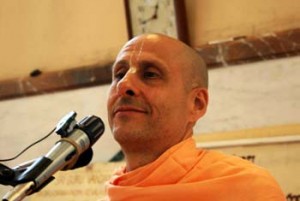 Not a blade of grass can move without the will of the Supreme Personality of Godhead. One can approach a holy place of pilgrimage only by His mercy. The vibrations of a holy place are sanctified by Tapasya and the transcendental love exchanged between the Lord and his devotees.
Not a blade of grass can move without the will of the Supreme Personality of Godhead. One can approach a holy place of pilgrimage only by His mercy. The vibrations of a holy place are sanctified by Tapasya and the transcendental love exchanged between the Lord and his devotees.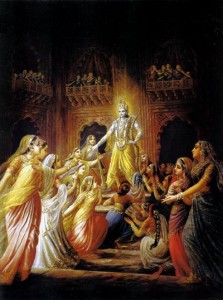 Krishna married 16,108 women! How did he interact with them? How did they live their routine lives? It is natural for a seeker to wonder. The answers to these questions can strengthen the faith of those visiting Dwarka.
Krishna married 16,108 women! How did he interact with them? How did they live their routine lives? It is natural for a seeker to wonder. The answers to these questions can strengthen the faith of those visiting Dwarka.